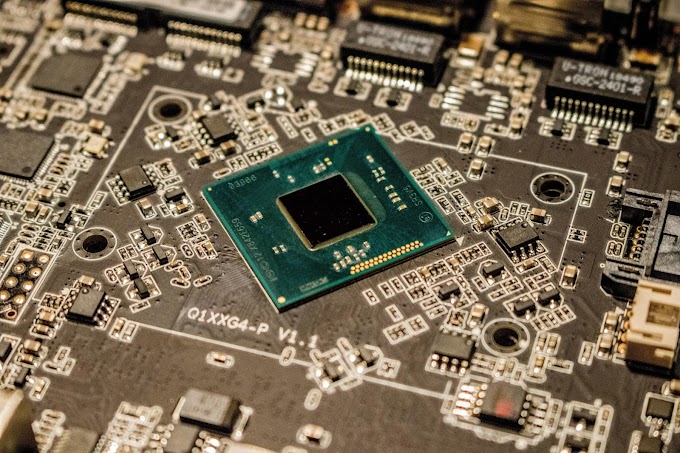The bus is a common channel through which bits from any source can be transferred to the destination. A typical digital computer has many registers and paths must be provided to transfer instructions from one register to another. The number of wires will be excessive if separate lines are used between each register and all other registers in the system. A more efficient scheme for transferring information between registers in a multiple register configuration is a common bus system. A bus structure consists of a set of common lines, one for each bit of a register, through which binary information is transferred one at a time. Control signals determine which register is selected but the bus during a particular register transfer.
| Fig: Bus Organization |
A very easy way of constructing a common bus system is with a multiplexer. The multiplexers select the source register whose binary information is then pleased on the bus.
A system bus consists of about 50 to 100 separate lines each assigned a particular meaning of the function. Although there are many different bus designers, on any bus, the lines can be classified into three functional groups:
- Data
- Address
- Control Lines
In addition, there are may be power distribution lines as well.
- The data lines provide a path for moving data between system modules. These lines are collectively called data bus.
- The address lines are used to designate the source/destination of data on the data bus.
- The control lines are used to control the access to and the use of the data and address lines. Because data and address lines are shared by all components, there must be a means of controlling their use. Control signals transmit both command and timing signals indicate the validity of data and address information. Command signals specify operations to be performed. Control lines include memory read/write, I/O read/write, bus request/grant, clock, reset, interrupt request/acknowledge, etc.




0 Comments